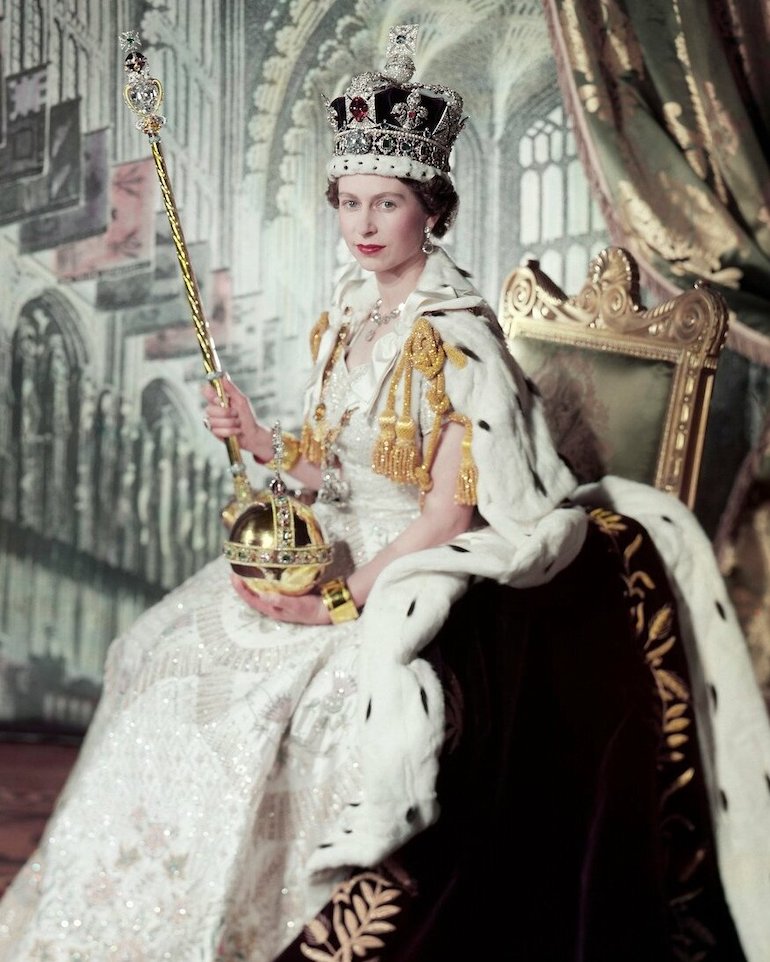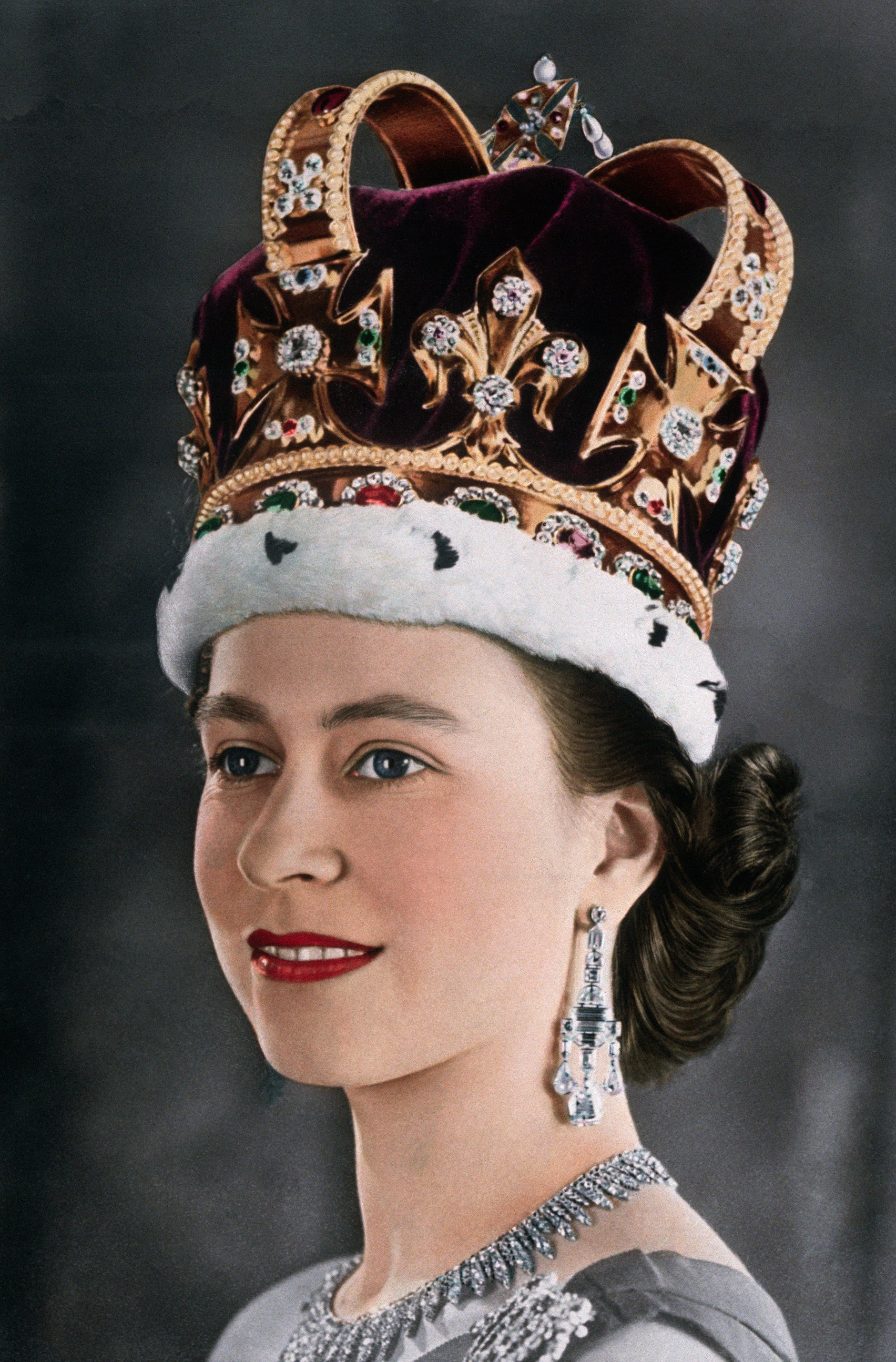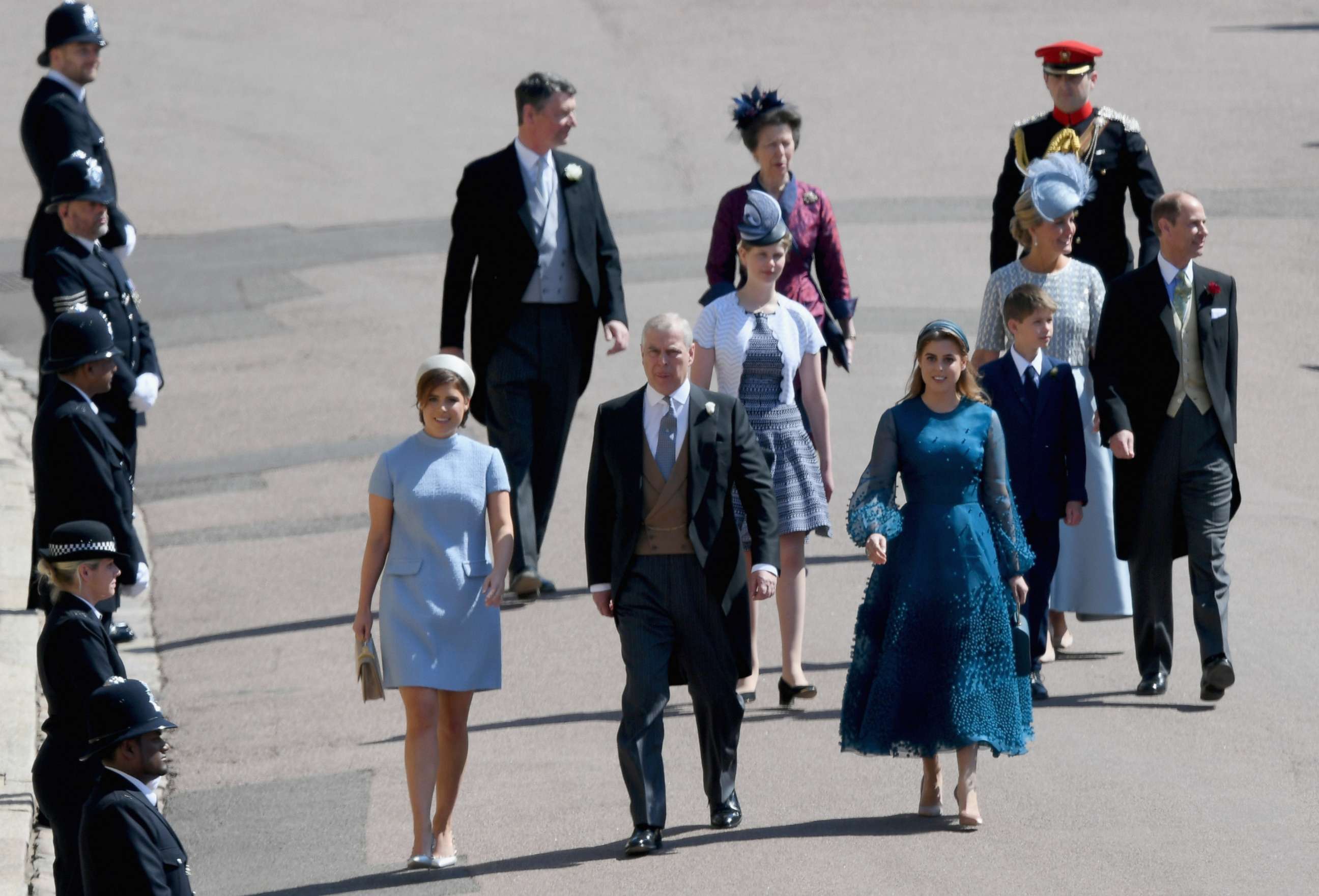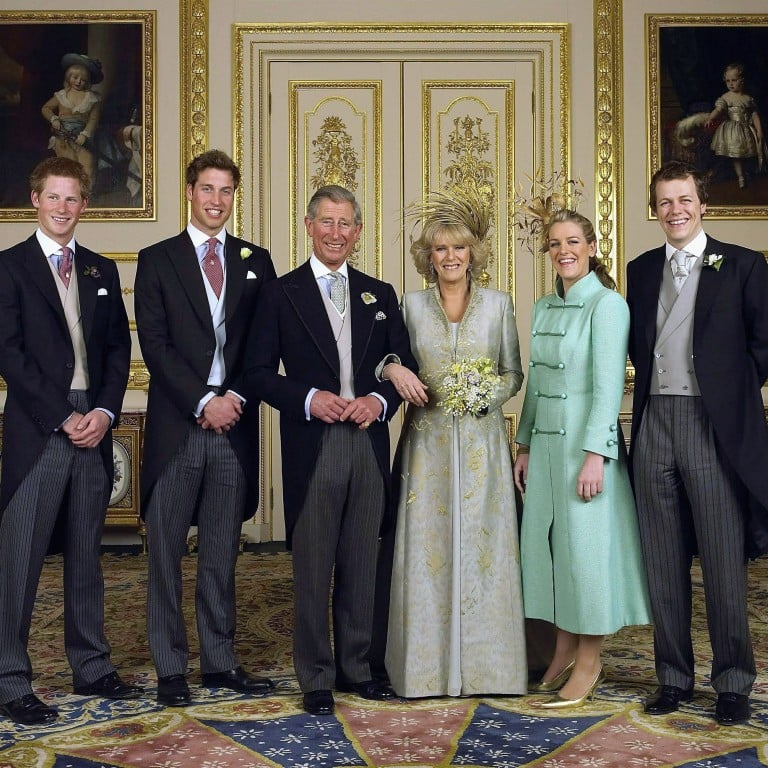The Crown That Grew Too Heavy: Queen Elizabeth’s Silent Struggle
In the long sweep of British history, the crown has always been more than metal and jewels. It is a symbol of authority, duty, and sacrifice—an object that bends the neck not just with its weight, but with the responsibility it represents. For Queen Elizabeth II, who wore it longer than any monarch before her, the crown was both her greatest honor and her heaviest burden.
Yet, in her final years, that burden became almost unbearable.
The Crown Without a Grip

Unlike many assume, the crown has no internal grip or strap. It rests delicately on the monarch’s head, a precarious balancing act of tradition and craftsmanship. Even the slightest lowering of the head risks disaster. Were the Queen ever to bow deeply, it might tumble to the ground, a symbolic humiliation unthinkable in the solemn choreography of monarchy.
For decades, Elizabeth bore this challenge with quiet poise, appearing in ceremonies where the crown glistened under bright lights, steady and secure on her brow. But as age pressed down upon her, the crown’s silent defiance of gravity grew crueler. What once was manageable became an ordeal.
A Duty Carried in Spirit

In her twilight years, Elizabeth seldom wore the crown in public. It was not indifference, nor reluctance—it was her body quietly declaring its limits. Her frame, once resilient, grew weary under the physical demand of carrying the ornate gold circlet adorned with centuries-old jewels.
Those rare occasions when she appeared without it did not go unnoticed. Whispers rippled through the court, questions floated in hushed tones: was the Queen too frail? Had she surrendered some part of her duty?
But the truth was far from surrender. She had not given up the crown; she had simply begun carrying it in another way.
The Symbol That Mocked Her Frailty

Observers often remarked that the crown seemed to mock her aging frame—its brilliance a reminder of a duty that demanded youth, even as time stole her strength. Yet, Elizabeth’s gaze remained unbroken, her resolve unwavering.
Each appearance, crown or no crown, reminded her people of a sovereign who did not falter in spirit. The jewels may not have rested on her head, but the symbolism rested in her every word, every steady glance, every gentle gesture.
She had become the living embodiment of the monarchy itself.
The Unseen Weight of Legacy
The true burden of the crown was never just its gold or gemstones. It was the relentless expectation, the constant scrutiny, and the ceaseless march of time that no monarch could escape. Elizabeth bore this weight longer than any British sovereign before her, and even as her body declined, her spirit proved equal to the task.
Her legacy became something greater than the crown she once wore. It was etched into the hearts of her people, recorded in the annals of history, and sealed in the quiet dignity with which she carried herself when the crown grew too heavy.
Beyond the Crown
In the end, the crown no longer needed to sit on Elizabeth’s head for the world to recognize her reign. It had become a silent testament to her life of service. She had worn it for decades, but in her later years, she revealed a deeper truth: that monarchy is not merely the glitter of jewels, but the resilience of spirit.
Even unworn, the crown’s presence lingered—resting not on her brow, but in the collective memory of her people. It was no longer a physical object she needed to bear. It had become an eternal symbol of a reign that endured not because of ceremony, but because of character.
And so, as she walked into history, she left behind more than a throne and a crown. She left an enduring reminder that duty, once embraced, can outlast even the strongest of bodies.
👉 This is how the story of Queen Elizabeth’s crown ends—not with the glitter of jewels under the lights, but with the quiet dignity of a sovereign who carried its weight to the very end, even when it no longer rested on her head.
The Three Who Will Never Forgive: Why Prince Harry’s Return May Be Impossible

 Even in a family where duty often outweighs emotion, few stories sting as deeply as that of Prince Harry and the royal rift that has captured the world’s attention. While speculation continues about a possible return to royal life for the Duke of Sussex, those closest to the crown remain unconvinced — and, in some cases, quietly opposed.
Even in a family where duty often outweighs emotion, few stories sting as deeply as that of Prince Harry and the royal rift that has captured the world’s attention. While speculation continues about a possible return to royal life for the Duke of Sussex, those closest to the crown remain unconvinced — and, in some cases, quietly opposed.
In particular, three senior royals have reportedly drawn a clear emotional and moral line: Princess Anne, Prince William, and Queen Camilla. All three have personal histories with Harry, each once marked by warmth — now cooled by what they perceive as betrayal.
Princess Anne: From Protector to Opponent

Perhaps the most poignant change of heart comes from Princess Anne, the late Queen Elizabeth II’s only daughter. Known for her no-nonsense approach, work ethic, and deep commitment to the monarchy, Anne was once among Harry’s quietest defenders. She saw in him a spark of the modern monarchy — a chance to evolve without losing its soul.
Sources close to the palace say that Anne often took Harry’s side during family tensions, and even stood up for him in private discussions with the Queen, urging patience as the young prince struggled with the media and his role.
But in recent years, particularly following Harry and Meghan’s high-profile interviews and his memoir “Spare”, Anne's tone has shifted. For a woman who has served over 50 years without fanfare
“Anne is one of the most traditional members of the family,” one former royal aide said. “To her, loyalty and discretion are non-negotiable. And Harry broke both.”
Prince William: A Brotherhood Broken
The most public and painful fracture, however, is undoubtedly between Prince William and his younger brother. From the day Diana died, the two princes appeared to be each other’s lifeline — united by trauma, bonded by blood.
But that unity began to unravel long before Harry left for California.
The turning point, insiders say, happened during Harry’s 2018 wedding. At the time, Kate Middleton had just given birth
William, fiercely protective of his wife, was reportedly outraged by Meghan’s remark, and deeply hurt by Harry’s failure to intervene or defend Kate. What had once been minor tensions escalated into a full emotional rupture
Today, William is focused on his future role as king — and many close to the palace believe he no longer trusts Harry
Queen Camilla: A Silent but Firm Wall

The third and perhaps most unexpected opponent to Harry’s return is Queen Camilla. While the public has often speculated about tensions between Meghan and Camilla, few realize how deeply personal the issue has become for the Queen Consort.
Those who know her say Camilla is not easily rattled. She survived decades of public scrutiny and slowly gained acceptance through discretion, loyalty to Charles, and a quiet strength. But
“Camilla didn’t marry for love,” one insider claimed, “She married for position, influence — and yes, control. But she did it with Charles’s full support. For Harry to attack that, to question her motives, was seen as not just disrespectful — but dangerous.”
Camilla has remained publicly composed, but palace sources confirm she has no intention of welcoming Harry back into the fold. Her influence over Charles has grown significantly in recent years — and
A Family Divided — and Unmoved

For many royal watchers, especially those who’ve followed the Windsors for decades, this story is not just about family drama. It’s about something deeper: the erosion of tradition, the pain of public disloyalty, and the limits of forgiveness in a family bound by duty.
Can Harry return? Legally, yes. Emotionally, perhaps. But in the hearts of the three individuals who know him best — and who’ve stood shoulder to shoulder with the monarchy — the door may already be closed.
And in the royal family, once that door shuts, it rarely opens again.






